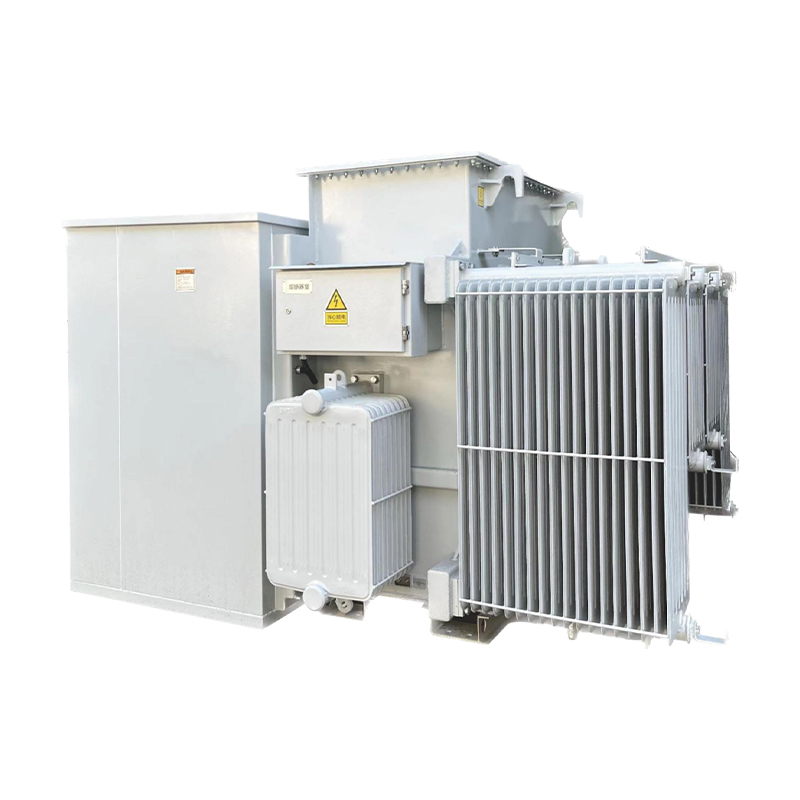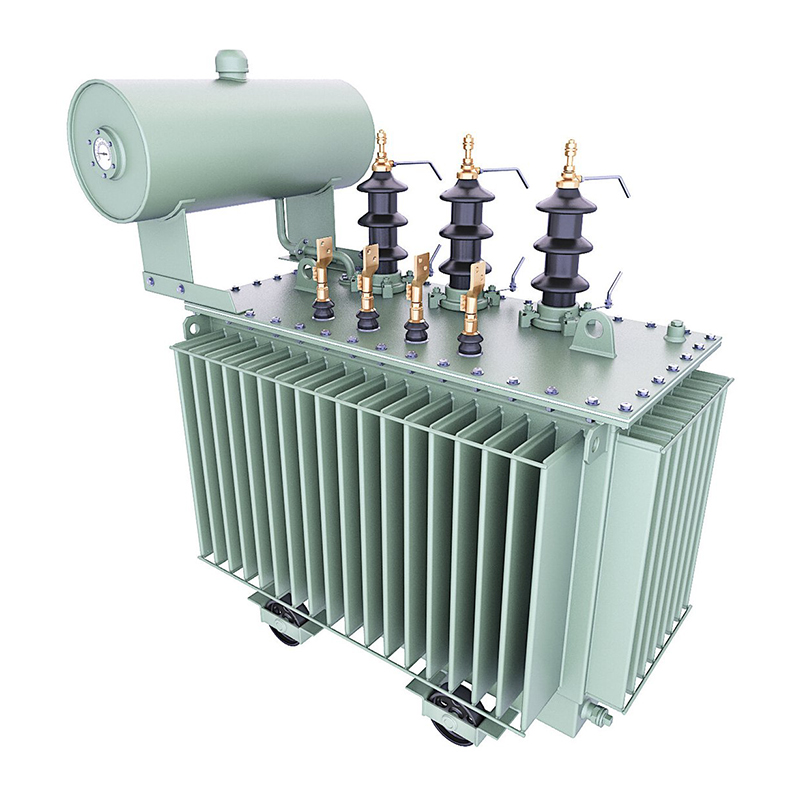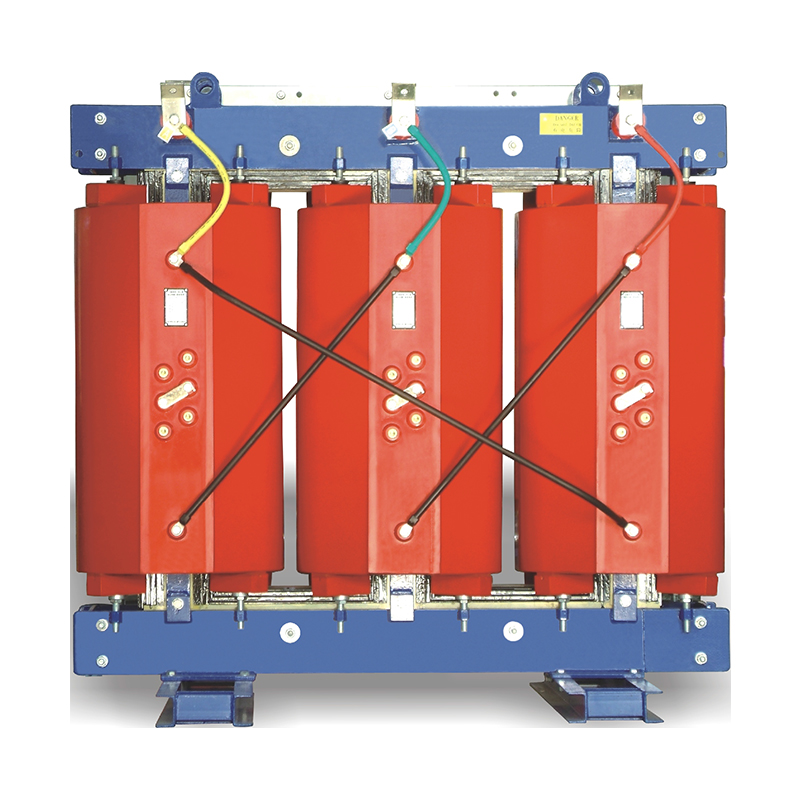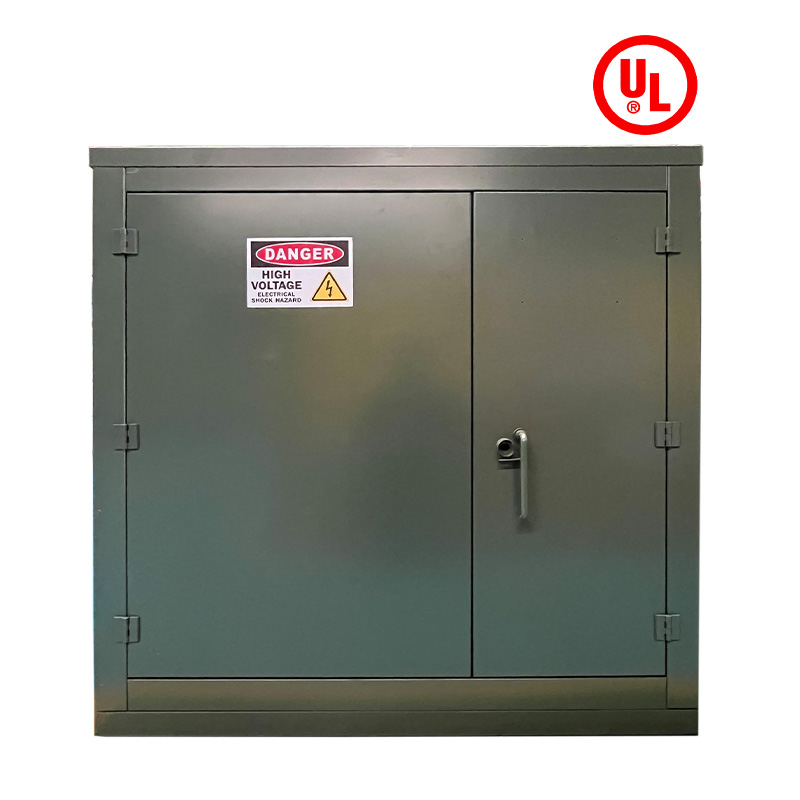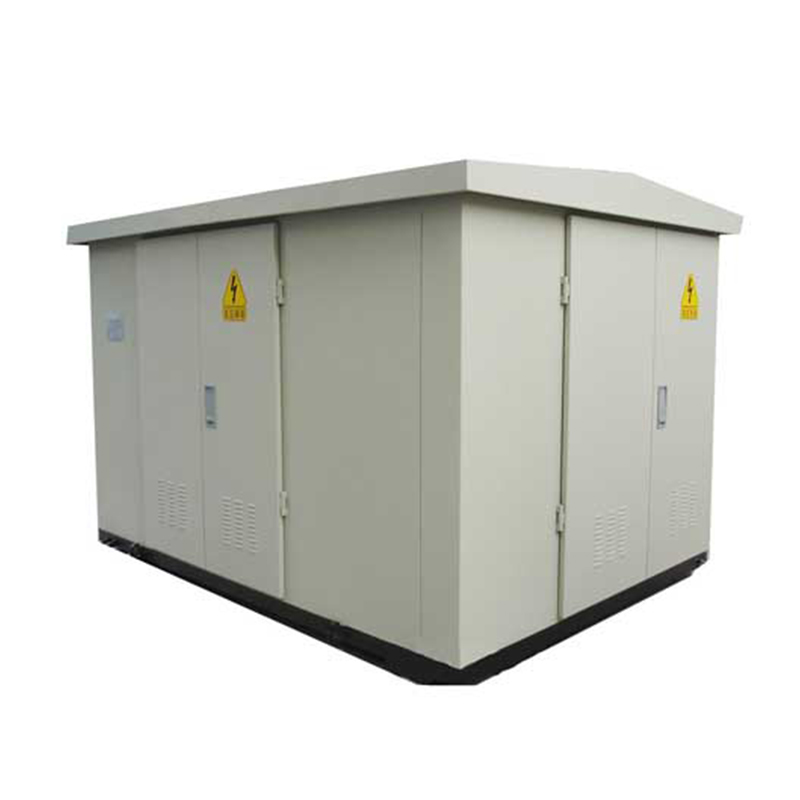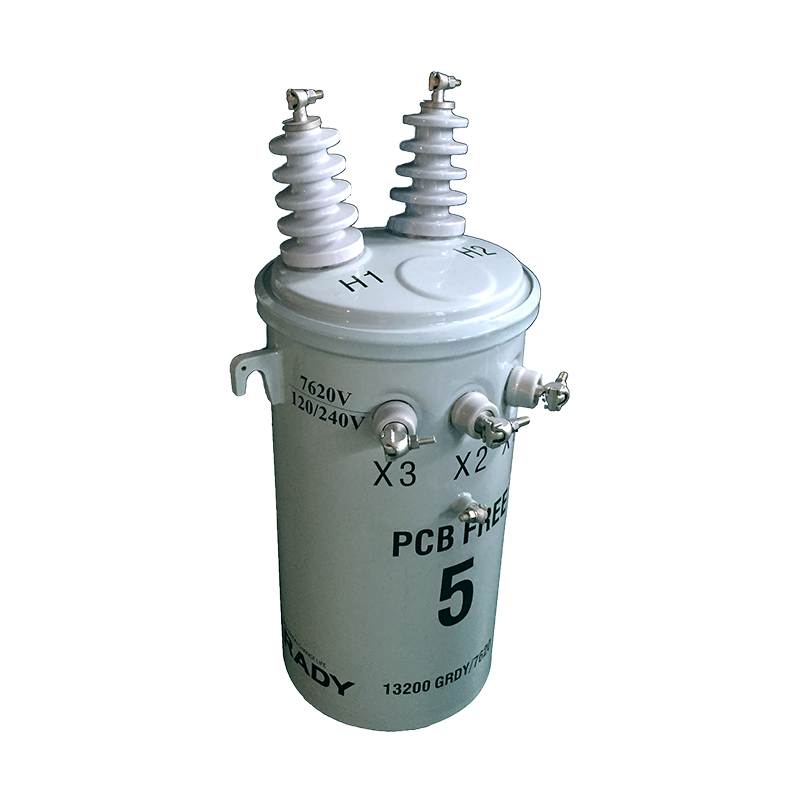Construction and Application of Intelligent Operation and Maintenance Platform for Power Transformers
Introduction
Power transformers represent critical assets in electrical power systems, serving as the backbone for voltage transformation and energy transmission across transmission and distribution networks. The reliable operation of these expensive and strategically important components directly impacts grid stability, power quality, and economic efficiency. Traditional maintenance approaches, primarily based on periodic inspections and scheduled maintenance, have proven insufficient in meeting the demands of modern power systems that require higher reliability, longer asset life, and optimized operational costs.
The emergence of intelligent operation and maintenance (O&M) platforms for power transformers marks a revolutionary shift from reactive and preventive maintenance strategies to predictive and prescriptive approaches. These platforms integrate advanced sensor technologies, Internet of Things (IoT) infrastructure, big data analytics, artificial intelligence (AI), and digital twin technologies to provide comprehensive monitoring, analysis, and decision-making capabilities for transformer asset management.
The construction of intelligent O&M platforms addresses the growing need for real-time condition monitoring, early fault detection, and optimized maintenance scheduling. By leveraging multi-source data fusion, machine learning algorithms, and advanced visualization technologies, these platforms enable utilities to transform their maintenance practices, reduce unplanned outages, extend equipment lifespan, and achieve significant cost savings while improving overall grid reliability.
Architecture of Intelligent O&M Platform
Multi-Layer System Architecture
The intelligent O&M platform for power transformers adopts a multi-layer architecture that enables seamless integration of various technologies and scalability across different applications. The architecture typically consists of four primary layers: the perception layer, network layer, platform layer, and application layer.
The perception layer forms the foundation of the system, comprising various sensors and monitoring devices deployed on transformer components. These include dissolved gas analysis (DGA) sensors for detecting internal faults, temperature sensors for monitoring thermal conditions, partial discharge sensors for insulation assessment, vibration sensors for mechanical health evaluation, and oil quality sensors for dielectric condition monitoring. The strategic deployment of these sensors ensures comprehensive coverage of critical transformer parameters, providing the data foundation for intelligent analysis.
The network layer facilitates data transmission from field devices to centralized processing systems. Modern platforms utilize 5G networks for high-speed, low-latency data transmission, enabling real-time monitoring and control. The network infrastructure supports multiple communication protocols, including MQTT for IoT communications, ensuring reliable data transfer even in challenging electromagnetic environments typical of substations.
The platform layer provides the computational infrastructure and analytical capabilities necessary for processing massive amounts of transformer data. This layer incorporates cloud computing resources, edge computing nodes, and high-performance computing platforms that support real-time data processing, machine learning model execution, and digital twin simulations. The platform layer also includes data management systems that ensure data quality, security, and accessibility across the organization.
The application layer delivers user interfaces, visualization tools, and decision support systems that enable operators and maintenance personnel to interact with the platform effectively. This layer provides dashboards, alarm systems, analysis reports, and maintenance recommendations that transform raw data into actionable intelligence for maintenance decision-making.
Digital Twin Integration
Digital twin technology serves as a cornerstone of modern intelligent O&M platforms, creating virtual replicas of physical transformers that mirror their operational behavior and health status in real-time. The digital twin framework incorporates geometric models, physical models, rule models, and data models that collectively represent the transformer's characteristics and operational dynamics.
The implementation of digital twins enables virtual-physical mapping, where real-time sensor data continuously updates the virtual model to reflect the current condition of the physical asset. This synchronization allows for comprehensive monitoring, simulation, and analysis of transformer behavior without requiring physical intervention. The digital twin approach supports various O&M functions, including condition monitoring, fault diagnosis, life prediction, and maintenance optimization.
Advanced digital twin implementations incorporate multi-physics modeling capabilities that simulate electromagnetic, thermal, and mechanical behaviors of transformers. These models enable prediction of equipment performance under various operating conditions and assessment of degradation mechanisms that affect transformer reliability. The integration of machine learning algorithms with physics-based models enhances prediction accuracy and provides more reliable maintenance recommendations.
Key Technologies and Implementation
Multi-Modal Data Processing
Intelligent O&M platforms must process diverse types of data from multiple sources, including structured sensor data, unstructured image data, and semi-structured maintenance records. The platform employs advanced data processing techniques to handle this multi-modal data effectively, ensuring accurate analysis and reliable decision-making.
Image processing capabilities utilize computer vision technologies, including deep learning models such as DETR (Detection Transformer), to analyze thermal images, visible light images, and video streams from transformer monitoring systems. These models can detect abnormalities such as hot spots, oil leaks, and partial discharge patterns with high accuracy. The integration of image enhancement techniques, such as denoising filters and super-resolution reconstruction, ensures reliable analysis even under challenging imaging conditions.
Dissolved gas analysis data processing involves converting one-dimensional gas concentration data into multi-dimensional feature representations that can be effectively analyzed by machine learning algorithms. Advanced transformation techniques, such as Gram angle field transformation, enable visualization of gas data patterns that correlate with specific fault conditions.
Artificial Intelligence and Machine Learning
The application of AI and machine learning technologies represents a fundamental aspect of intelligent O&M platforms. These systems employ various algorithms for different analytical tasks, including anomaly detection, fault diagnosis, and remaining useful life prediction.
Unsupervised learning techniques, such as Isolation Forests and Autoencoders, enable anomaly detection without requiring extensive labeled fault data. These algorithms establish baseline patterns of normal operation and identify deviations that may indicate developing faults. Supervised learning approaches, including Support Vector Machines (SVM), Artificial Neural Networks (ANN), and ensemble methods, provide higher accuracy when sufficient historical fault data is available for training.
Deep learning models, particularly Long Short-Term Memory (LSTM) networks, excel at processing time-series data from transformer monitoring systems. These models can capture temporal patterns and predict degradation trends that traditional statistical methods might miss. The integration of multiple algorithms through ensemble approaches often provides the most robust and reliable analytical results.
Cloud-Edge Collaborative Computing
Modern intelligent O&M platforms implement cloud-edge collaborative architectures that balance computational requirements with real-time performance needs. Edge computing nodes deployed at substation level provide local data processing capabilities, enabling rapid response to critical conditions and reducing network bandwidth requirements.
The edge layer performs initial data processing, feature extraction, and basic analytical functions, while cloud-based systems handle complex modeling tasks, historical data analysis, and cross-facility optimization. This distributed approach ensures system reliability by providing local operation capability even during network connectivity issues.
High-performance computing resources in the cloud support computationally intensive tasks such as digital twin simulations, large-scale machine learning model training, and multi-physics modeling that would be impractical to perform at the edge level. The cloud infrastructure also provides scalable storage and processing capabilities that can accommodate growing data volumes and expanding monitoring requirements.
Application Functions and Capabilities
Real-Time Condition Monitoring
The intelligent O&M platform provides comprehensive real-time monitoring of transformer condition parameters, enabling operators to maintain continuous awareness of asset health status. The monitoring system integrates data from multiple sensor types to provide a holistic view of transformer condition, including thermal status, electrical performance, insulation condition, and mechanical integrity.
Real-time dashboards present critical information in intuitive formats, allowing operators to quickly assess transformer status and identify potential issues. The system provides configurable alarm thresholds and notification mechanisms that ensure prompt response to developing problems. Advanced visualization capabilities include 3D models, trend analysis charts, and geographical information system (GIS) integration that displays transformer status across the entire network.
Predictive Maintenance and Fault Diagnosis
The platform's predictive maintenance capabilities represent one of its most valuable features, enabling transition from time-based to condition-based maintenance strategies. Machine learning algorithms analyze historical and real-time data to predict equipment failures before they occur, allowing maintenance activities to be scheduled at optimal times.
Fault diagnosis systems utilize multiple analytical approaches to identify specific types of transformer problems. DGA analysis algorithms can detect and classify various fault types, including partial discharge, thermal faults, and electrical arcing, based on gas concentration patterns and ratios. Thermal analysis capabilities identify overheating conditions and assess insulation aging based on temperature trends and hot spot detection.
The integration of multiple diagnostic techniques through data fusion approaches provides more reliable fault identification than individual methods alone. Expert systems incorporate domain knowledge and maintenance experience to provide actionable recommendations for addressing identified issues.
Life Assessment and Asset Management
Intelligent O&M platforms provide sophisticated life assessment capabilities that help utilities optimize asset utilization and replacement planning. These systems consider multiple factors affecting transformer aging, including load history, thermal stress, fault events, and environmental conditions, to estimate remaining useful life.
Asset management functions include performance benchmarking, risk assessment, and investment planning support. The platform can analyze transformer fleets to identify units requiring priority attention, optimize maintenance resource allocation, and support decisions regarding repair versus replacement. Economic analysis capabilities help quantify the benefits of different maintenance strategies and support business case development for asset management decisions.
Implementation Benefits and Case Studies
Operational Efficiency Improvements
The implementation of intelligent O&M platforms has demonstrated significant improvements in operational efficiency across multiple utility applications. Case studies have shown maintenance cost reductions of 25-30% through elimination of unnecessary scheduled maintenance, prevention of emergency repairs, and optimization of maintenance resource utilization.
Response time improvements represent another significant benefit, with some implementations achieving 40% faster response to developing issues. The early warning capabilities provided by predictive analytics enable maintenance teams to address problems before they escalate into major failures, reducing both repair costs and system downtime.
Economic Benefits
The economic impact of intelligent O&M platforms extends beyond direct maintenance cost savings to include improved asset utilization, extended equipment life, and enhanced system reliability. Studies have documented direct economic benefits exceeding 5 billion RMB across multiple implementations in China, demonstrating the substantial value potential of these systems.
Cost-benefit analyses typically show payback periods of 2-3 years for intelligent O&M platform investments, with ongoing benefits continuing throughout the system lifecycle. The ability to extend transformer life by 15-20% through optimized maintenance represents significant capital cost avoidance for utility organizations.
Reliability Enhancement
Grid reliability improvements represent perhaps the most important benefit of intelligent O&M platforms. The predictive capabilities enable proactive intervention that prevents transformer failures that could cause widespread outages. Implementation results have shown significant reductions in transformer-related outages and improved overall system availability.
The enhanced monitoring and diagnostic capabilities also contribute to faster fault location and restoration when problems do occur. The comprehensive data collection and analysis functions support root cause analysis and help prevent recurrence of similar issues across the transformer fleet.
Future Development Trends
Integration with Smart Grid Technologies
The evolution of intelligent O&M platforms continues toward deeper integration with smart grid technologies and distributed energy resources. Future platforms will need to accommodate the challenges posed by renewable energy integration, electric vehicle charging infrastructure, and bidirectional power flows that affect transformer loading patterns.
Advanced grid analytics will enable coordinated control of multiple voltage regulation devices, including transformers, to optimize system performance while maintaining equipment health. The integration with energy management systems will support demand response programs and load optimization strategies that consider transformer condition and capability.
Artificial Intelligence Advancement
Continued advancement in AI technologies will enhance the analytical capabilities of O&M platforms. Large language models (LLMs) and vision-language models are being integrated to provide more intuitive human-machine interfaces and enhanced decision support capabilities. These technologies enable natural language interaction with the system and automated generation of maintenance reports and recommendations.
The development of more sophisticated machine learning algorithms, including federated learning approaches, will enable better utilization of data across multiple organizations while maintaining privacy and security requirements. Edge AI capabilities will bring more intelligent processing closer to the assets, enabling faster response and reduced dependence on cloud connectivity.
Standardization and Interoperability
Industry efforts toward standardization will facilitate broader adoption and integration of intelligent O&M platforms. Development of common data models, communication protocols, and interface standards will enable interoperability between systems from different vendors and support multi-vendor procurement strategies.
The emergence of industry-specific ontologies and data dictionaries will improve the consistency and quality of data analysis across different implementations. Standardization efforts will also support regulatory compliance and enable benchmarking of performance across different utility organizations.
Conclusion
The construction and application of intelligent operation and maintenance platforms for power transformers represent a fundamental transformation in asset management practices within the electrical power industry. These platforms integrate cutting-edge technologies including IoT sensors, artificial intelligence, digital twins, and cloud computing to provide unprecedented visibility into transformer condition and performance.
The multi-layer architecture of these platforms enables comprehensive monitoring, analysis, and decision-making capabilities that support the transition from reactive to predictive maintenance strategies. The integration of multi-modal data processing, advanced analytics, and expert systems provides maintenance teams with actionable intelligence that improves decision-making and operational outcomes.
Implementation results demonstrate significant benefits including reduced maintenance costs, improved equipment reliability, extended asset life, and enhanced grid performance. The economic impact of these systems, with documented benefits exceeding billions of dollars across large-scale implementations, validates the business case for intelligent O&M platform adoption.
As power systems continue to evolve with increasing complexity, distributed generation, and smart grid technologies, intelligent O&M platforms will play an increasingly critical role in ensuring reliable and efficient operation. The continued advancement of AI technologies, standardization efforts, and integration capabilities will further enhance the value and applicability of these systems across the global power industry.
The future success of intelligent transformer O&M platforms depends on continued innovation in sensor technologies, analytics algorithms, and system integration approaches. Organizations that invest in these capabilities today will be better positioned to meet the challenges of tomorrow's power systems while delivering improved reliability and efficiency to their customers.
Relatenews
- Requirements for Anti-Harmonic Capability of Power Transformers in Renewable Energy Grids 2025-09-16 16:08:00
- Construction and Application of Intelligent Operation and Maintenance Platform for Power Transformers 2025-09-16 16:04:00
- Architecture Design of IoT-Based Monitoring System for Power Transformers 2025-09-05 15:27:00
- Judgment Standards and Oil Change Process for Power Transformer Oil Deterioration 2025-09-05 15:23:00
- Design and Mechanical Strength Verification of Short-Circuit Withstand Capability for Power Transformers 2025-09-05 15:19:00
- The Role of Power Transformers in Voltage Regulation within Power Systems 2025-08-25 08:14:00
- Environmental Regulations and Technical Measures for Power Transformer Noise Control 2025-08-25 08:12:00
- The Application of Big Data Analytics in Power Transformer Fault Prediction 2025-08-25 08:11:00





